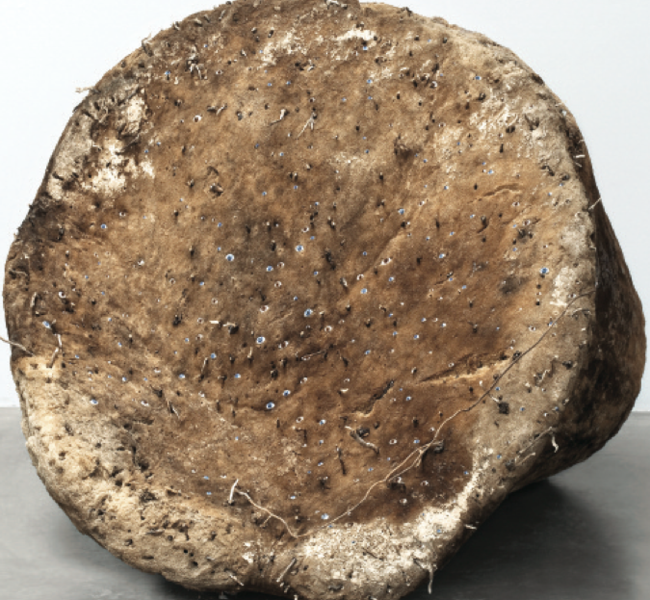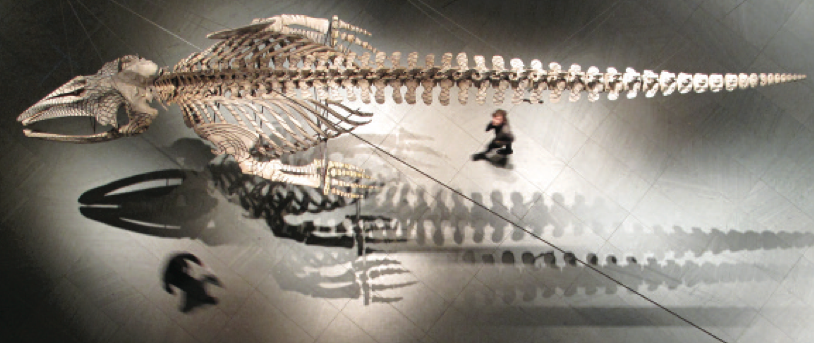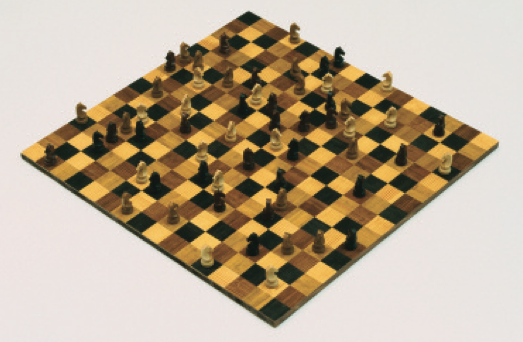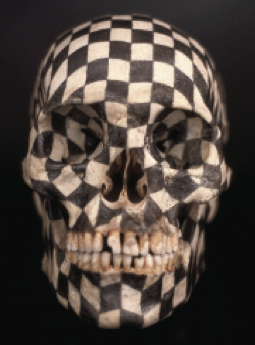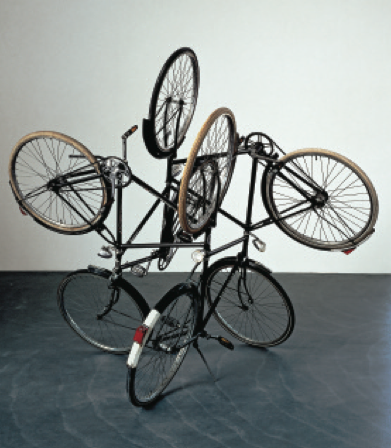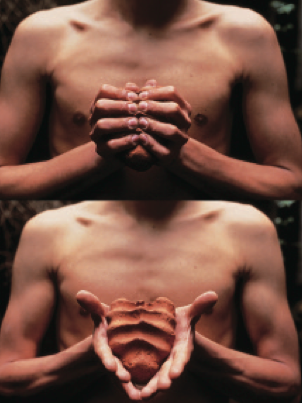Gabriel Orozco : The Indomitable Gaze at MoMA
Gabriel Orozco ́s retrospective at the Museum of Modern Art in New York −the first presented by a Mexican artist since Diego Rivera featured his exhibit during the golden years of opening-up to Latin American art− fosters the encounter with the avid and indomitable gaze of the “consumer of anything at hand”, in his own words.
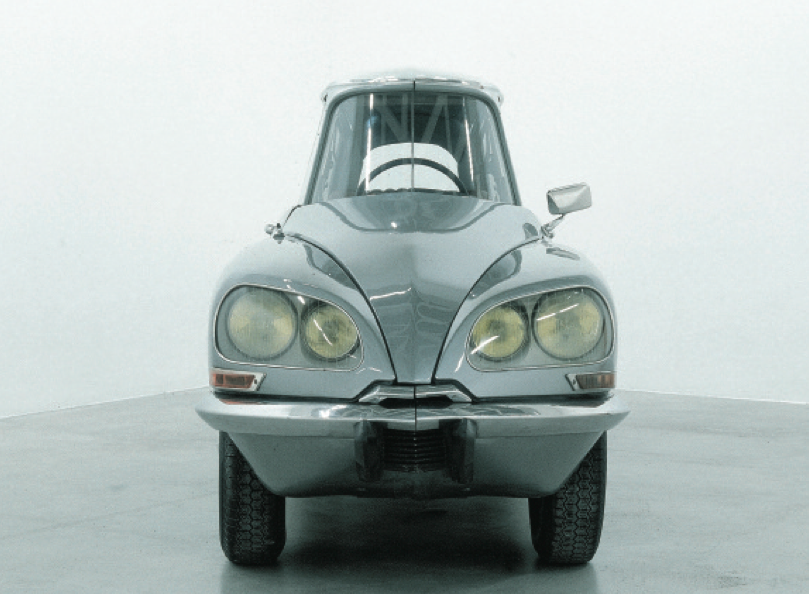
At his inaugural show in New York –at Marian Goodman gallery, in 1944− the spectators were faced with four yogurt caps placed in the white cube of the exhibition space. The only mark of his artistic intervention on the objects was the recording of time through stamped dates, including minutes and seconds, which tacitly referred the viewer to the consciousness of a specific vital instant; and the height at which they were situated, which coincided with that of his own eyes. The risk implied in this work − displayed in the first gallery, on the sixth floor − was repeated when he presented his Empty Shoe Box at the 2003 Venice Biennial. The work reproduced, through the act of selecting that empty object − with its four rectangular cardboard sides − the same architectural construction that the Biennial had assigned to his intervention. It functioned as a box within a box, mirroring his own awareness of being there, in temporal possession of that empty space that contained this artistic experience.
At the MoMA retrospective, the hanging paper installation that covered the entrance to the exhibition and was represented on the catalogue cover challenged the spectators’ highest expectations. This work, never exhibited previously and not easily identifiable with the artist’s body of work − in and of itself resistant to classifications − was taken from a notebook belonging to Orozco. During a trip to the East, he structured this collage with images taken from the National Geographic magazine: the place where a blue truck moves along a highway lined with green palm trees and the horizon against a hostile sky during the eruption of the Pinatubo volcano in the Philippines in 1991, where thousands of people lost their lives; and in the midst of this he affixed the face of a Himalayan girl blowing a chewing gum bubble. The traces of this “travel journal”, which is, in turn, a mental journey, and which translates the private onto the public sphere through its being enlarged and installed on the wall, encrypts the artist’s presence − ubiquitous and transparent − and the gaze that delves in a playful way into the unnoticed within the routine, into the abundant wonder that can be found in the simplest things, into the inexhaustible stock present in everything that exists. A gaze which − at the same time − discovers the precariousness of the structures that support not only the vision of reality, but also life itself. It is no coincidence that he should once have identified his sculptures (in that blurred boundary between these works and his photographs) with the play on words, “skullpture”.
The skeletons and the skull, component elements of some of his most iconic works, as for example the huge mobile comprised of the bones of a grey whale painted with graphite that hangs in mid-air over the whole of MoMA’s atrium, or as his famous work Black Kites, in which he painted a sort of chess-board like grid on the bony face of Death, are associated to the act of digging up the subterranean, the internal structure of reality subject to change, and to the surprised awareness of the ephemeral.
Between the explosion of a chewing gum bubble and a volcanic eruption there is a contiguity that goes unnoticed for the detached gaze or for the eye trained to see in a different way. Between the kind of heart (or of dartboard bullseye) formed by concentric circles drawn in graphite at a central point of the mobile of the skeleton he disinterred from the sanctuary where the whale went to die; the trace of his fingers forming a clay heart at the height of his own breastbone (as a continuation of his collarbone and ribs) in the work titled My Hands Are My Heart; and the work Fear not, where the trace of his hand on the paper fuses with the traces that refer to the arteries of the heart, there is a powerful connection that the retrospective potentiates. Indeed, the curatorial organization proposed by Ann Temkin, a scholar with a profound knowledge of Orozco, has the virtue of establishing gaze vectors that reveal his essential strategies: the omnipresent reference to his own body, for instance, and his unique way of translating it onto the objects related to a context. An invisible line connects Elevator (that elevator discarded in New York, which he modified, adapting it to his height), placed in the external corridor, and the series Until You Find Another Yellow Schwalbe. Each photograph marks the encounter between the motorbike he drove in Berlin and another identical one. The individuals are absent, but the game of meeting other drivers of this vehicle, typical of Eastern Germany, which by the mid-1990s was already scarce, alludes as much to a playful strategy to explore the city as to a reflection involving identity and otherness in the changing history. The movements of the body and the displacements of the gaze are closely related to territory. The weight of the huge Plasticine ball that rolled along the streets of Mexico City and became impregnated with bits of debris generated by the metropolis was the same as the artist’s body weight. This work was placed close to Eyes Under Elephant Foot. The glass eyeballs set in a tree trunk found during a visit to Mexico illustrate the metamorphosis of the substance of reality in his hands and the subversion of his classifications. Orozco reminds us of the fact that “a pair of shoes, seeds, fruits or ships” are means of transportation and that, as he has declared, he makes of each work a “Koan”, a Zen trick: a way of breaking mental habits.
The omnipresent circles are another key vector in this retrospective. They are the result of Orozco’s inquiry into body behavior; of the fascination with movement that he shares with Marcel Duchamp –which gives rise to a sculptural dimension in painting through the rotation of the color circles subject to the movements of the horse, the only piece that can jump over another chess piece in the chess board −; and, as Temkin has observed, they also correspond to the “O” that is repeated three times in his surname. A sign of his balance when confronted with the void.
Alone in his New York apartment, this “producer of what already exists” took possession of the whole body of the metropolis by gluing the pages of the telephone book onto a huge scroll of Japanese paper, in such a way that the numbers alongside the erased names looked like characters from a distance. Collectivity, anonymity, cultural transpositions are encoded in that displacement. Likewise, in the work titled María, María, he erased the last names from one of these pages to preserve the name of a woman he loved, in such a way that the whole city is only her. The retrospective’s design − including the found objects with or without modifications in Working Tables 2000-2005− rescues the way in which each of Gabriel Orozco’s gestures tears the thin fabric that separates art and life, or the veil over the gaze accustomed to perceiving through the worn out memory of habit.

